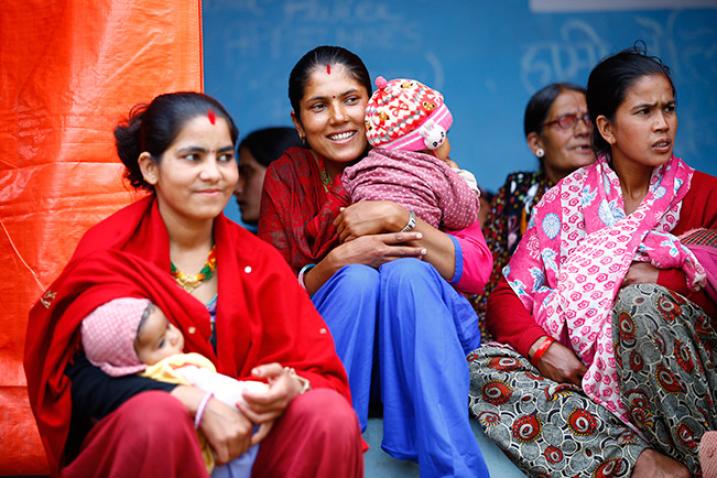As the theme of this year’s World Population Day reminds us, investing in data collection is important to understanding problems, tailoring solutions, and driving progress. So is finance. I urge countries to make the most of the Summit of the Future this year to unleash affordable capital for sustainable development.”
UN Secretary-General António Guterres
To Leave No One Behind, Count Everyone
Over the past three decades, societies around the world have made remarkable progress in improving population data gathering, analysis, and use. New population figures, disaggregated by age, ethnicity, gender, and other factors, now reflect the diversity of our societies more accurately.
These advancements have significantly enhanced the delivery of health care globally, leading to substantial improvements in sexual and reproductive health and the ability to exercise rights and choices. Increasingly, new technologies are enabling more detailed and timely measurement of people's experiences than ever before.
However, the most marginalized communities remain underrepresented in data, profoundly affecting their lives and well-being.
World Population Day 2024 is a moment to ask who is still going uncounted and why – and what this costs individuals, societies, and our global efforts to leave no one behind. It is also a moment for all of us to commit to doing more to ensure that our data systems capture the full range of human diversity so that everyone is seen, can exercise their human rights and can reach their full potential.
To realize the rights and choices of those on the margins of our societies, we must count them – because everyone counts. Our rich human tapestry is only as strong as its weakest thread. When data and other systems work for those on the margins, they work for everyone. This is how we accelerate progress for all.
World Population Trends
It took hundreds of thousands of years for the world population to grow to 1 billion – then in just another 200 years or so, it grew sevenfold. In 2011, the global population reached the 7 billion mark, it stands at almost 7.9 billion in 2021, and it's expected to grow to around 8.5 billion in 2030, 9.7 billion in 2050, and 10.9 billion in 2100.
This dramatic growth has been driven largely by increasing numbers of people surviving to reproductive age, and has been accompanied by major changes in fertility rates, increasing urbanization and accelerating migration. These trends will have far-reaching implications for generations to come.
The recent past has seen enormous changes in fertility rates and life expectancy. In the early 1970s, women had on average 4.5 children each; by 2015, total fertility for the world had fallen to below 2.5 children per woman. Meanwhile, average global lifespans have risen, from 64.6 years in the early 1990s to 72.6 years in 2019.
In addition, the world is seeing high levels of urbanization and accelerating migration. 2007 was the first year in which more people lived in urban areas than in rural areas, and by 2050 about 66 per cent of the world population will be living in cities.
These megatrends have far-reaching implications. They affect economic development, employment, income distribution, poverty and social protections. They also affect efforts to ensure universal access to health care, education, housing, sanitation, water, food and energy. To more sustainably address the needs of individuals, policymakers must understand how many people are living on the planet, where they are, how old they are, and how many people will come after them.
Did you know?
- More than 40 per cent of women around the world cannot make decisions on sexual and reproductive health and reproductive rights.
- As few as one in four women across low- and middle income countries are realizing their desired fertility.
- A woman dies every two minutes due to pregnancy or childbirth (and in conflict settings, the number of deaths is twice as high).
- Nearly one third of women have experienced intimate partner violence, non-partner sexual violence or both.
- Just six countries have 50 per cent or more women in parliament.
- More than two thirds of the 800 million people globally who cannot read are women.
8 Billion Lives, Infinite Possibilities: The case for rights and choices
Related Observances
- International Day of Zero Tolerance to Female Genital Mutilation (6 February)
- International Women's Day (8 March)
- International Day of Families (15 May)
- International Day to End Obstetric Fistula (23 May)
- International Youth Day (12 August)
- International Day of Older Persons (1 October)
- World Children's Day (20 November)






